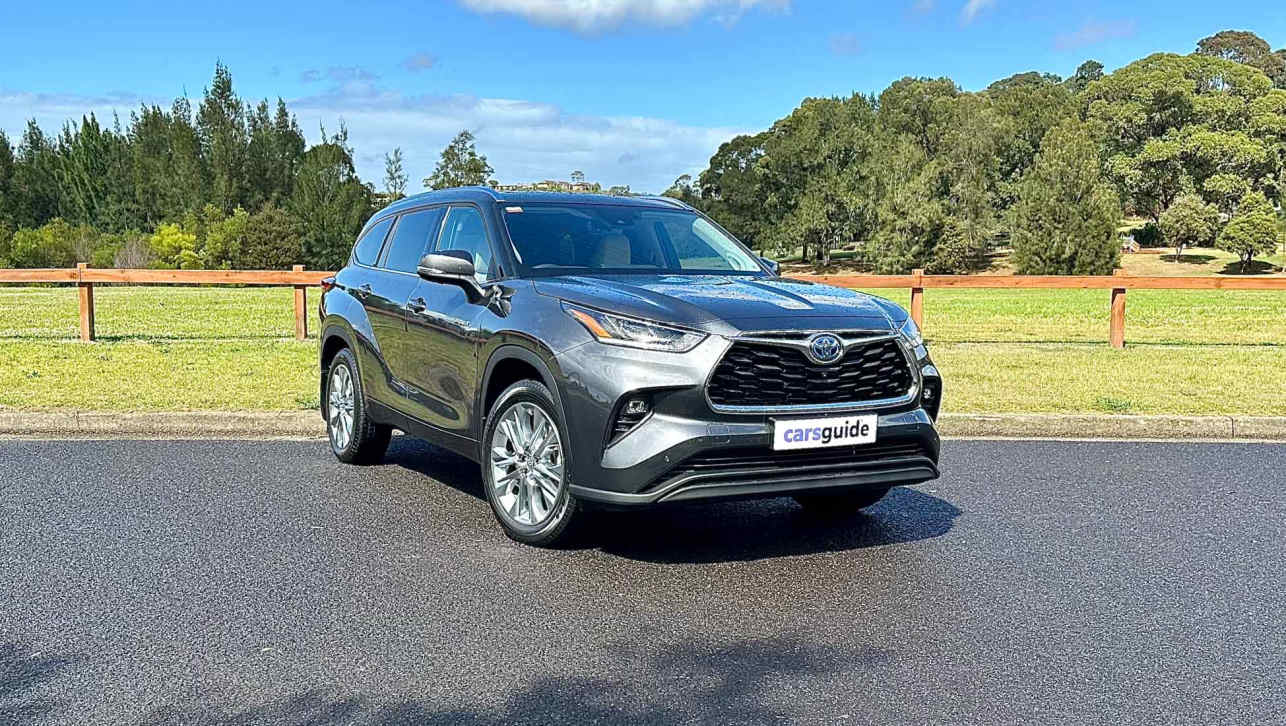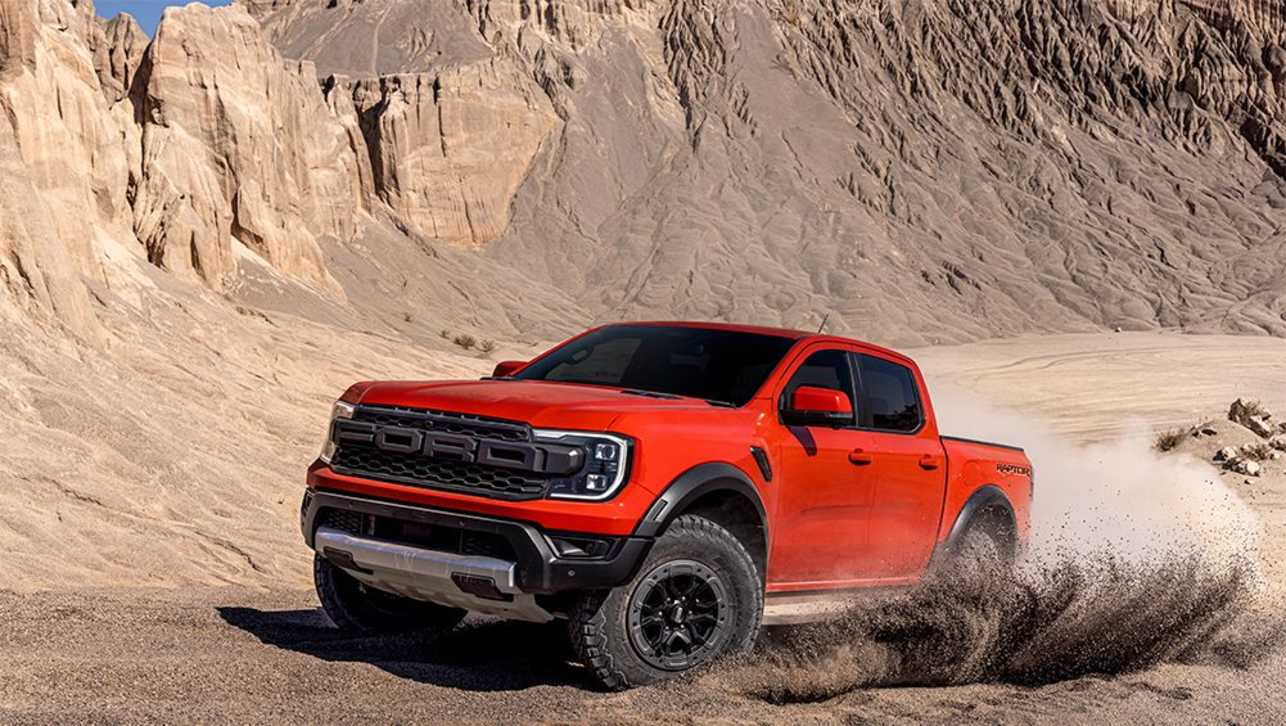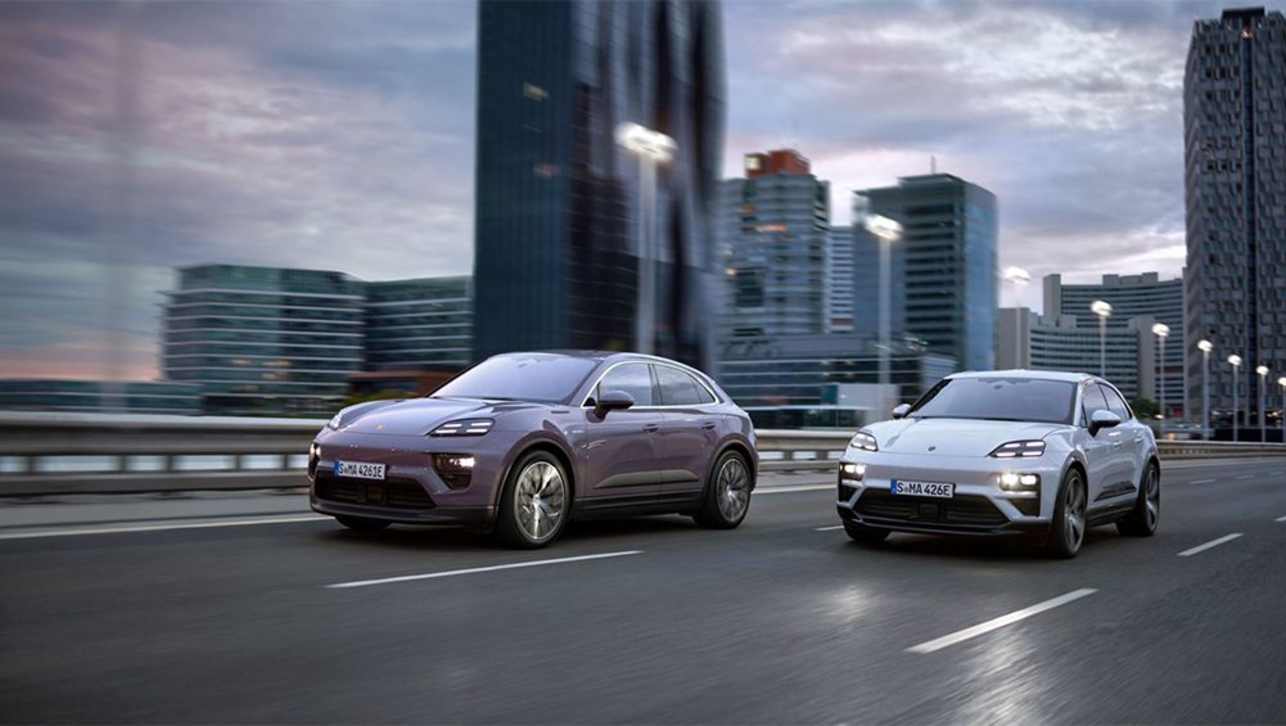Porsche has revised the specs for its 918 Spyder, bringing the car’s performance into line with that of its rivals in the hybrid supercar market, the Ferrari LaFerrari and McLaren P1.
The German sports car manufacturer has officially announced full details for the 918 Spyder and revealed for the first time a production-spec prototype. We’ve already seen most details on previous mules, but this week’s event marks the first sighting of the 918’s production-spec LED head and taillights.
The key goal in the car’s development is the parallel improvement of both efficiency and performance without one being at the cost of the other, but how Porsche has gone about it is very different to anything we’ve seen yet from the company.
The numbers
For the 0-100km/h run, Porsche claims the 918 Spyder to take just 2.8 seconds, hit 200km/h in 7.9 seconds and reach 300km/h in 23 seconds. It is this last number that has performance fans wondering, as McLaren has quoted sub-17 seconds for the P1’s 0-300km/h run and sub-15 seconds for the LaFerrari. We can’t wait until the first showdown.
Only 918 examples of Porsche's new supercar will be built, with production set to commence in September. Each has a starting price of US$845,000.
Weight and drivetrain
At the core of the 918 Spyder is a monocoque chassis, constructed from lightweight carbon fiber reinforced polymer. Unfortunately, the weight of the hybrid system means the 918 Spyder still weighs a portly 1640kg (an available ‘Weissach’ package brings that figure down to 1600kg).
Still, while its rivals may weigh less than 1300kg, the 918 Spyder has the advantage of an all-wheel-drive system, in this case a through-the-road setup made possible by the car’s hybrid system. A race-bred 4.6-litre V8 is paired with an electric motor and seven-speed PDK dual-clutch transmission for the rear axle, while a second electric motor is used to spin the front axle.
The engine produces 447kW on its own and screams to 9,150 rpm. It is based on the design of the racing engine found in the successful RS Spyder Le Mans prototype and also features lightweight components made from carbon fibre. The two electric motors produce 115kW (rear) and 95kW (front), respectively. System output for the 918 Spyder is a staggering 653kW and 1275Nm of torque.
Porsche had previously estimated outputs closer to 575kW and 750Nm, but kept the final numbers close to its chest until McLaren and Ferrari announced their respective figures at Geneva in March.
Driving modes
The car’s hybrid setup enables multiple driving modes, E-Power, Hybrid, Sport Hybrid, Race Hybrid and Hot Lap, all of which are accessed using a control on the steering wheel.
When the vehicle is started up, the all-electric E-Power mode is the default setting. In ideal conditions, the 918 Spyder can cover approximately 30km/h in this mode (charging takes approximately 7 hours using a household plug). Even in all-electric mode, the car accelerates from 0-100km/h in seven seconds and can reach speeds of up to 150km/h. In this mode, the combustion engine is only used when needed. If the battery’s charge state drops below a set minimum value, the vehicle automatically switches to hybrid mode.
In Hybrid mode, the electric motors and combustion engine work alternately with a focus on maximum efficiency and minimum fuel consumption.
In more dynamic situations, there is the Sport Hybrid mode. The combustion engine now operates continuously and provides the main propulsive force. In addition, the electric motors provide support in the form of electric boosting or when the operating point of the combustion engine can be optimized for greater efficiency.
For track work, Porsche engineers have developed a Race Hybrid mode. Here, the combustion engine is chiefly used under high load, and charges the battery when the driver is not utilising its maximum output. Again, the electric motors provide additional support in the form of boosting. Furthermore, the gear-shifting program of the PDK is set up for even sportier driving. In contrast to the Sport Hybrid mode, the electric motors run at their maximum power output limit for a short time for better boosting.
Finally, there is the Hot Lap mode. Here, everything is turned to the max and the battery is no longer charged so that the combustion engine can focus purely on driving the wheels. This mode is designed for setting lap records.
Nürburgring lap time
When in the Hot Lap mode, Porsche is confident the car will beat the previously quoted 7:14 figure 'Ring time, and some are even suggesting it may crack the 7 minute barrier. Importantly, Porsche is confident the 918 Spyder will be quicker around the famous track than its rivals because of its all-wheel-drive system and some other advanced chassis technologies.
One of these is a four-wheel steering system already showcased on the latest 2014 Porsche 911 GT3 and Turbo models. Basically, this incorporates an electro-mechanical adjustment system at each rear wheel. The adjustment is speed-sensitive and executes steering angles of up to three degrees in each direction.
At low speeds, the system steers the rear wheels in a direction opposite to that of the front wheels. This makes cornering even more direct, faster and more precise, and it reduces the turning circle for easy parking. At higher speeds, the system steers the rear wheels in the same direction as the front wheels. This significantly improves the stability of the rear end and is said to make the wheelbase feel like that of a shorter car.
The benefit of all this technology, according to Porsche, is that drivers of the 918 Spyder should be able to brake much later going into a corner than those behind the wheel of a conventional rear-drive supercar.
In addition, the 918 Spyder features its own active aerodynamics. Here, there are three modes, with the most potent being a Race mode. A spoiler positioned between the two wing supports near the trailing edge of the airflow extends. Furthermore, two adjustable air flaps are opened in the underfloor in front of the front axle, and they direct a portion of the air into the diffuser channels of the underbody structure, helping to increase downforce.
Double-wishbone suspension is fitted up front and a multilink setup is used in the rear, with adjustable dampers at both ends. An electro-mechanical setup is used for the steering and the brakes are carbon ceramic discs measure up to 16 inches in diameter.







.jpg)
.jpg)
.jpg)

.jpg)








.jpg)
.jpg)


.jpg)




Comments